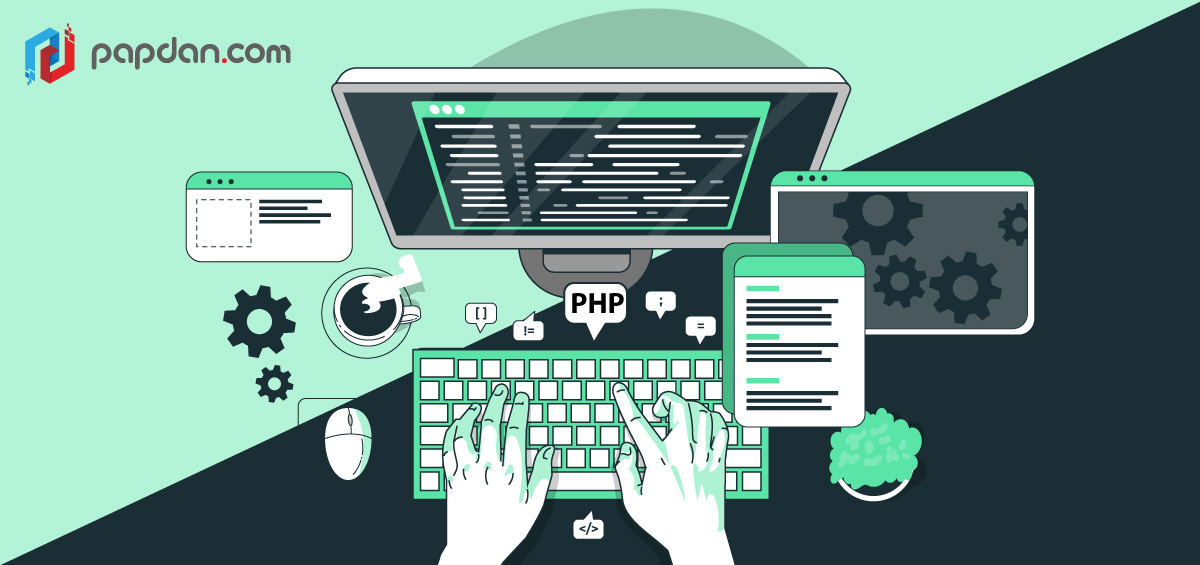Over 77% of websites on the internet run PHP, a free, open-source programming language, for their backend, according to a research. As a result, if you have experience, it is likely that PHP was your first backend language. It’s also a good idea to learn it if you’re just starting out if you want to develop in your job.
The ease of learning and using PHP is one of its benefits. In addition, PHP is the only backend technology that works with HTML the best.
PHP frameworks are pre-written parts of PHP code that make the process of creating websites easier. Using libraries and frequently used functions, PHP frameworks speed up website development so you can use less code and add more features.
If you’re unfamiliar with PHP frameworks, you might be unsure of where to begin and which frameworks perform best. To assist you in selecting the finest framework for you, we already interviewed our Melbourne web developers and prepared a list of the top five PHP frameworks for web development in this article.
Laravel
A pretty recent but incredibly well-liked PHP framework is Laravel. It was introduced in 2011 and soon rose the success ladder, earning the title of most popular web framework in 2022. Laravel’s enormous popularity may be ascribed to its superior capacity, compared to other frameworks, to manage complex online apps with perfect security and speed. Additionally, by making routine operations like sessions, routeing, queuing, and authentication easier, it streamlines the development process.
Because it includes outstanding features including object-oriented libraries and some that come pre-installed, Laravel is frequently prefered by PHP developers. These libraries include numerous sophisticated capabilities including encryption, password resets, active user checks, hashing, and many others. They are also quite simple to build.
The integrated project environment provided by Laravel makes it simple for developers to organise tasks. By providing a disciplined coding method, it simplifies complicated web development. It contains a built-in tool called Artisan meant to make complicated jobs easier to complete automatically, which many developers dread doing. Due to the availability of thorough documentation and the variety of online courses, it is also simple to understand and use at first.
CakePHP
CakePHP has had its ups and downs, but with the introduction of version 3.7, the framework was able to consolidate its position.
CakePHP makes it easier to create intricate, large-scale applications and supports the creation of websites with eye-catching features. It enables the creation of reusable code pieces and offers a variety of plugin utilities and components, saving developers the time and effort of having to write everything from scratch. Additionally, CakePHP is simple to understand because it is built on the CRUD principle (create, read, update, and delete). This is really useful because it only takes one line of code to see an early version of your programme.
CakePHP supports storing any query to the database because it is MVC-based. Developers can insert, remove, and alter models in accordance with project requirements if any database modifications are necessary. The data is combined with the logic by the models before being saved in the database. This style makes it extremely simple to separate the display from the functionality, which is highly beneficial for huge applications and websites.
Yii
Yii, which stands for Yes, it is!, is a general-purpose, component-based, object-oriented framework for creating many types of online applications. The creation of highly secure e-commerce applications, content management systems, forums, portals, and a wide range of other applications is made possible by its simple setup and comprehensive set of security features.
Yii is well-known for its speed and efficiency as well as for allowing developers to avoid writing repeated SQL queries by allowing them to represent the database data in terms of objects instead. Furthermore, it is incredibly expandable, enabling developers to alter or change practically all of the core’s code. Last but not least, Yii has a sizable development community. Strong community support allows developers to submit problems on forums and receive assistance.
Symfony
The only PHP framework that exactly complies to web and PHP standards is Symfony. It is an established, dependable, open-source PHP framework with MVC architecture intended to create sophisticated web applications with good performance. Symfony is a fantastic choice for creating highly scalable apps because of its modular-based design.
Like other PHP frameworks, Symfony supports model-view-controller (MVC) architecture, which makes it possible to streamline and speed up the creation of complicated web applications by keeping the layers of display and business logic apart. Developers may easily add additional features to the system because to its MVC architecture.
Symfony is not just open-source but also simple to use. It is simple to instal and set up on many systems. Additionally, Symfony may be customised to meet certain demands because to its flexibility. In addition, because it is database engine agnostic, developers can select from a variety of widely used databases depending on the scope and specifications of the project.
CodeIgniter
For more than 14 years, CodeIgnitor has been a well-known PHP framework, and its significance has not diminished. This open-source PHP framework delivers a broad collection of functions to both developers and consumers. Given that the data is well-classified and follows different file organisation patterns, it enables better online project management implementation. Utilizing CodeIgniter also makes it possible to create websites more quickly. It doesn’t mandate that programmers always utilise third-party libraries.
The variety of built-in security capabilities in CodeIgniter allows programmers to choose how they wish to safeguard their applications. Additionally, the framework gives developers the ability to rapidly and easily address issues. To display the errors, users only need to write a code line.
CodeIgniter is dependable, portable, and easy to use. Additionally, it is simpler to comprehend than other frameworks. By adding and removing columns from tables through the database, for example, developers may quickly update its features and edit the database.

